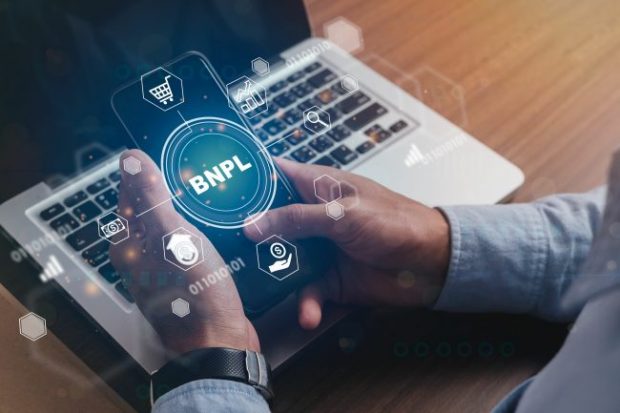 Biometrics set to take off in the next few years (Image: Shutterstock).
Biometrics set to take off in the next few years (Image: Shutterstock).
Mobile biometric payments will surpass $1.67 trillion per year by 2023, according to research from biometrics research and consulting firm Goode Intelligence.
The London-based firm also found that 68% of biometric payments happened remotely and 32% occurred in store in 2018. By 2023, it expects that balance to shift, with only 54% of biometric payments happening remotely and 46% occurring in store.
Recommended For You
"The delivery of financial services is being transformed by a series of digital mega-events that include the Open Banking revolution where these banks and payment services providers are being forced, either by regulation such as the EU's PSD2 or by pressures from fintech providers, to open up their digital infrastructure to third parties using APIs," Goode Intelligence founder and CEO Alan Goode said. "This, coupled with the need for speed and friction removal from a range of financial services, has created the demand for alternative identity solutions that can operate in a range of channels from traditional, for example ATMs, to the latest digital financial services including mobile, web and IoT."
The company also said it expected slower rates of adoption for in-store biometric payments in North America, Europe, Africa, the Middle East and Latin America. It expected the highest rates of adoption in China, India and the rest of the Asia Pacific region.
A factor in the anticipated slower growth in North America could be security concerns. According to a study of more than 2,000 U.S. banking customers by New York-based payment-systems provider The Clearing House, about one-third had used at least one fintech app in the past year, but 89% were concerned about data privacy and data-sharing. When it came to more sensitive personally identifiable information, such as Social Security numbers and biometric records, around 60% of fintech users said they were not comfortable sharing their data with fintech apps.
Another study, done in March 2018 by Reston, Va.-based Transaction Network Services, also found that 15% of adults had made a biometric payment in the last year, including a quarter of 18 to 24-year-olds. However, 61% of the respondents said they felt that providing companies with their fingerprint and iris information put their personal identity information at risk.
"In our opinion, fingerprint will continue to be a dominant modality due to the wide-scale availability of sensors in mobile devices," Goode said. "Face – both 3-D sensors embedded by mobile OEMs (e.g., Apple Face ID and software-based solutions leveraging cloud-based AI) will also grow rapidly as it supports mobile-based eIDV applications to support identity and document verification for digital onboarding."
© Touchpoint Markets, All Rights Reserved. Request academic re-use from www.copyright.com. All other uses, submit a request to [email protected]. For more inforrmation visit Asset & Logo Licensing.






